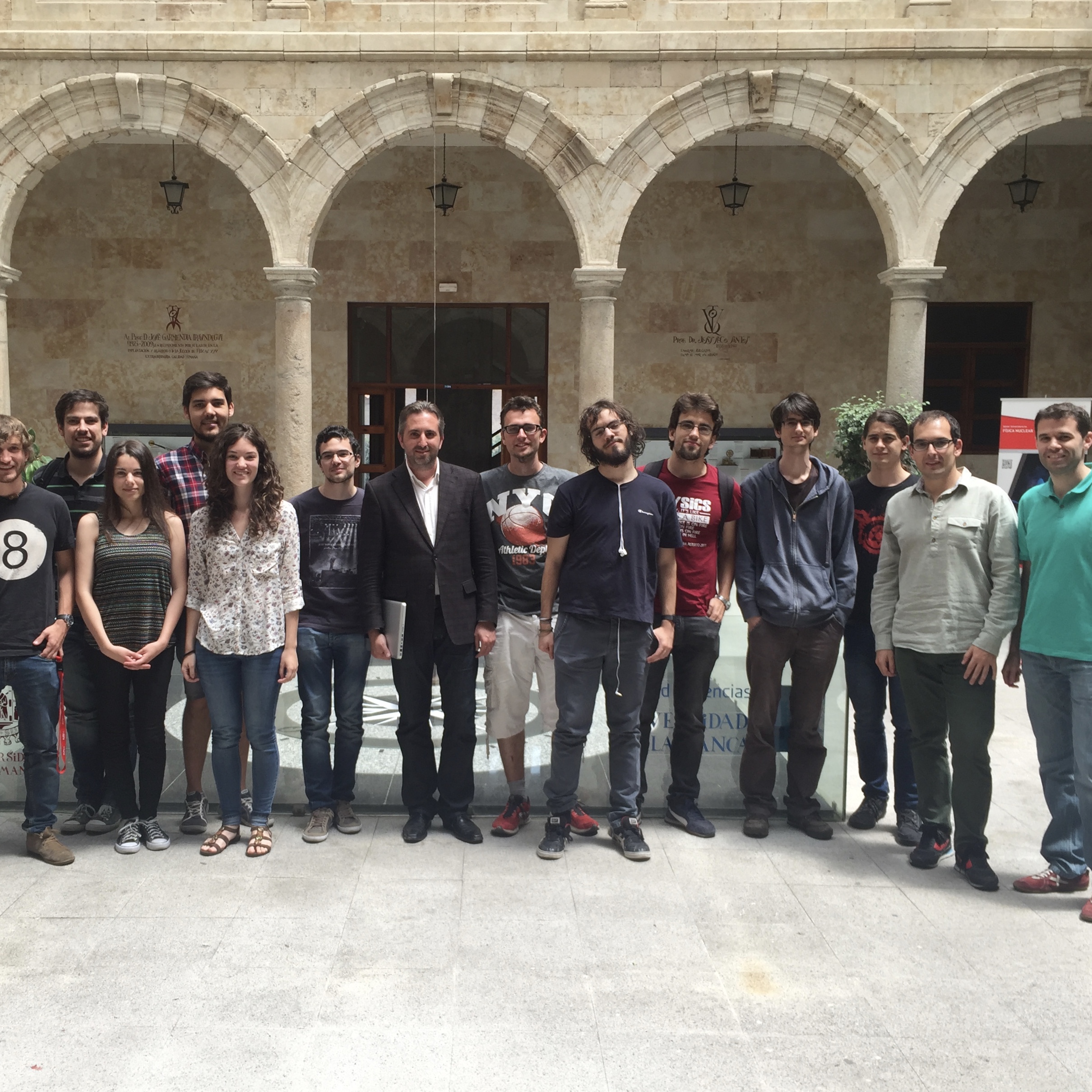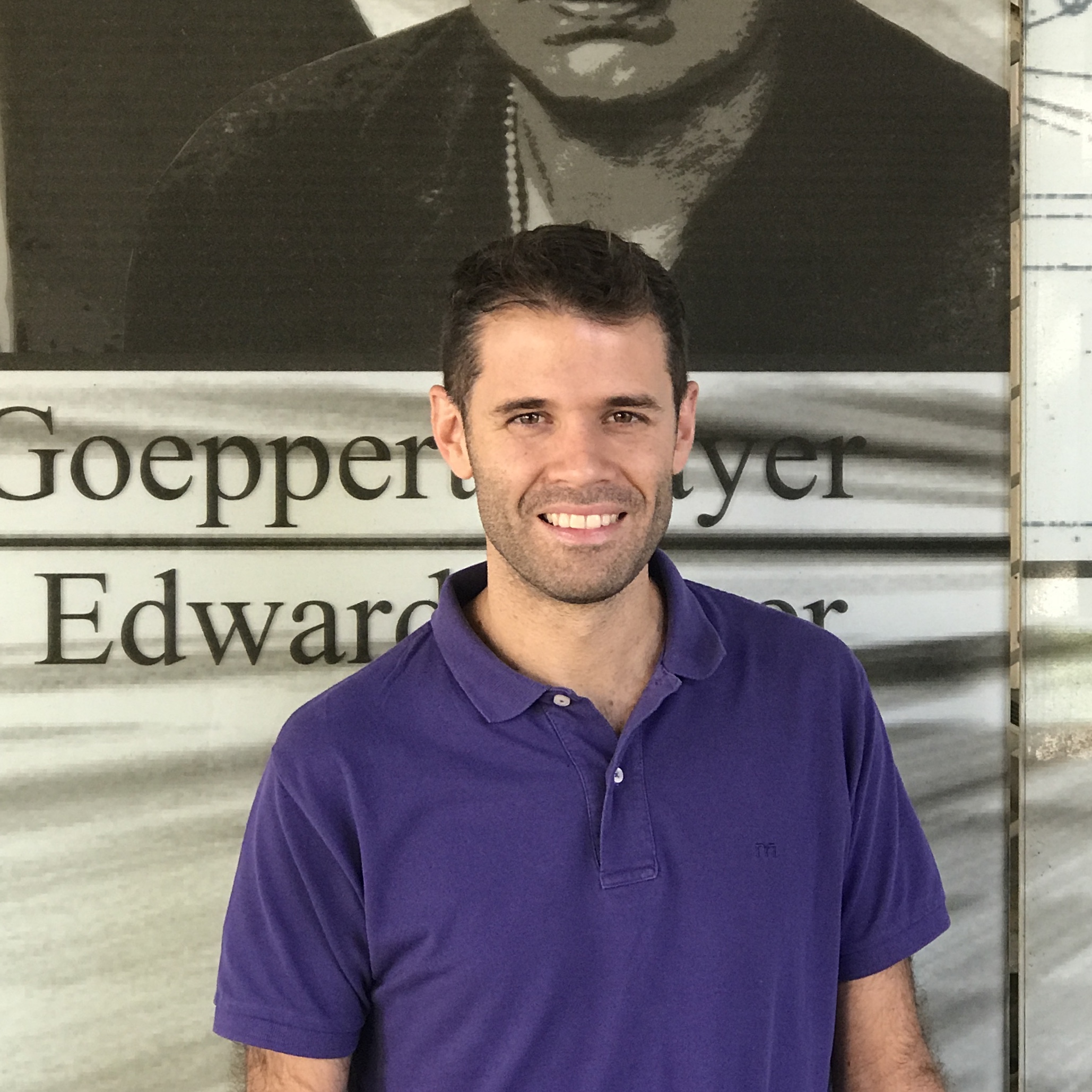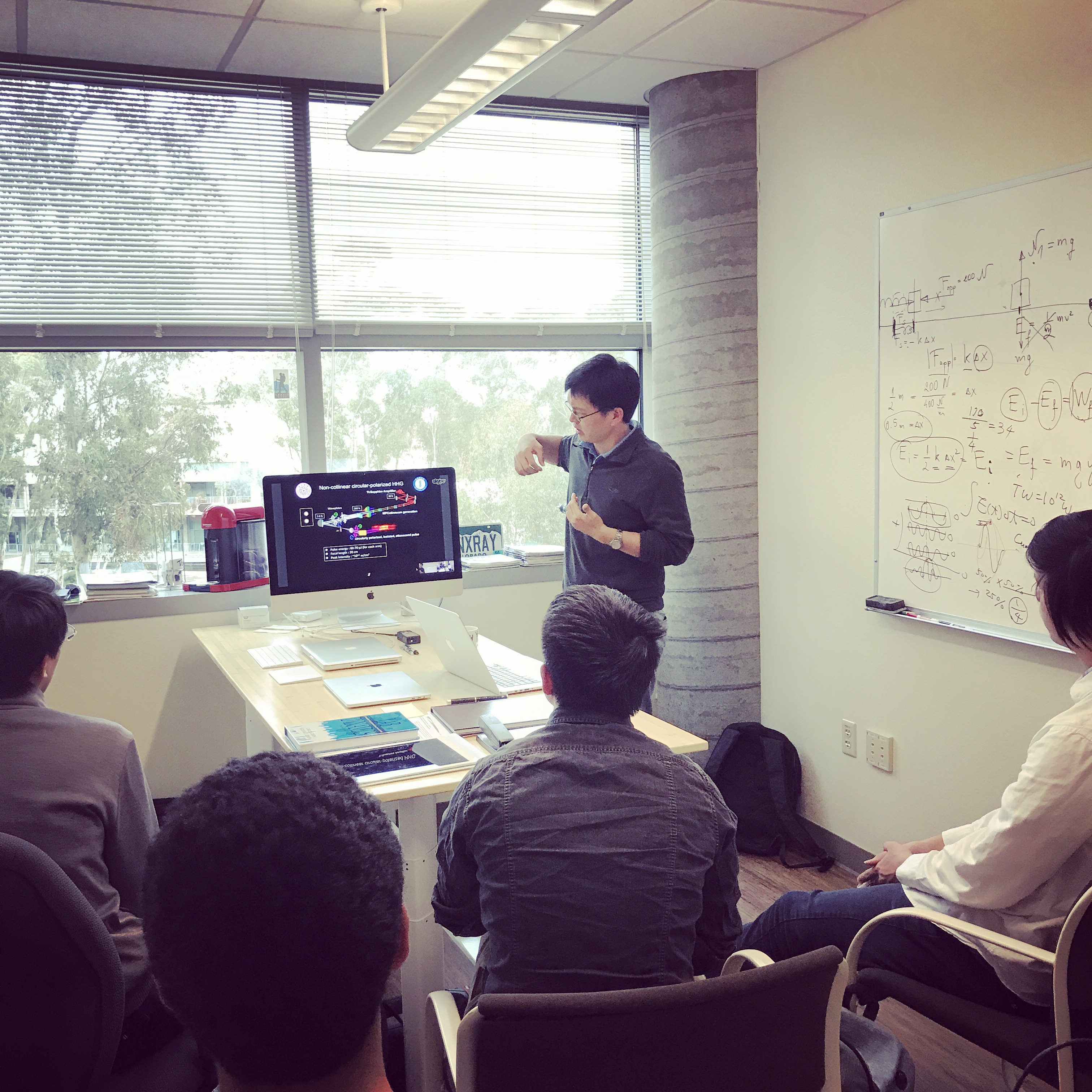LIGHT Quantum Traveling Lecturer Program
The Traveling Lecturer program is a competitive grant for student chapters to host a guest speaker of their choice from the OPTICA directory of lecturers. The traveling lecturers are afforded the opportunity to travel around the world on behalf of OPTICA to provide technical or professional development content to graduate and undergraduate students.
Lectures can come in two forms, depending on the agreement between the lecturer and hosting chapter:
In-person - OPTICA will provide up to a $1,500 grant to help subsidize the lecturer's airfare/rail/fuel and lodging expenses.
Virtual - Virtual Lectures are on a volunteer basis, as there are no travel costs involved.

Vestibulum lacinia dapibus
Integer posuere nisl ac lacus. Cras ut diam aliquet eu, elit. Sed id sollicitudin mi. Suspendisse dapibus nisl urna a dictum id, sapien. Fusce aliquam turpis. Lorem ipsum primis in enim. Maecenas eu tincidunt vel pellentesque.
Aliquam tellus consectetuer nec, dictum enim. Suspendisse est dolor, dictum suscipit vitae, ultricies feugiat, quam in sapien. Donec eget sapien sed massa at fermentum erat. Quisque libero. Nullam imperdiet aliquam erat. Quisque tortor. Donec nisl quam, ultrices libero nunc, ornare enim urna, id aliquet tincidunt in, mollis eros.
- Aenean scelerisque ligula, elementum et, commodo congue. Donec lectus felis, consequat porttitor. Maecenas pellentesque vel, ornare eu, tellus. Donec pharetra hendrerit nonummy. Sed ornare ac, eleifend velit. Cras tempus orci luctus nec.
- Donec pulvinar felis, in nulla sit amet, nonummy ligula. Sed faucibus, nulla ultricies massa.
- Fusce vel pulvinar ut, metus. Etiam aliquet, arcu vitae odio orci, gravida turpis. Duis non nisl auctor congue arcu. Etiam vel lorem. Cras dignissim. Phasellus quis justo.
- Morbi fermentum ut, metus. Sed porttitor, quam et quam ante sit amet leo. Suspendisse potenti. Cras commodo.
Suspendisse et cursus ut, eleifend et, tincidunt eu, sem. Quisque porta turpis luctus at, elit. Donec blandit, enim sit amet, nibh. Ut sodales nibh placerat nisl eu tortor. Proin consectetuer elit. Nam vestibulum tristique pede. In hac habitasse platea dictumst.
Integer ultrices
Curabitur et ligula. Ut molestie a, ultricies porta urna. Vestibulum commodo volutpat a, convallis ac, laoreet enim. Phasellus fermentum in, dolor. Pellentesque facilisis. Nulla imperdiet sit amet magna.
Vestibulum dapibus, mauris nec malesuada fames ac turpis velit, rhoncus eu, luctus et interdum adipiscing wisi.

BIO
Prof. Carlos Hernández García earned his bachelor’s and Ph.D. in Physics at the University of Salamanca in Spain. He is the Director of the Unit of Excellence LUMES - Structured Light and Matter, at the University of Salamanca, where he, along with his team, conducts research on attosecond science and quantum matter.
University of Salamanca, Spain
Title: Sculpting Light in Space and Time at the Attosecond Timescale
ABSTRACT: Attosecond science is entering an exciting phase, where tailoring spatially the properties of light—its amplitude, phase, and polarization state—enables the generation of structured attosecond pulses with unprecedented control. These advances open powerful opportunities not only for probing chiral systems and magnetic materials with spatial resolution, but also for engineering the temporal and spectral structure of the pulses themselves. In this talk, we review how to structure attosecond light pulses via high- order harmonic generation. We shall emphasize how light topological properties—related to spin, orbital angular momentum, and more exotic vectorial features—can be imprinted onto extreme-ultraviolet and soft X-ray pulses. We will discuss how these spatial degrees of freedom can also serve to tune temporal and spectral characteristics, ultimately enabling new kinds of spatiotemporal attosecond light states. Very recent developments on imprinting topological structures that intertwine space and time in attosecond pulses will also be presented.
- POSTER
- VIDEO
Seminar Speaker:
Prof. Carlos Hernández García, Physics Department, University of Salamanca, Spain
Date:
Tuesday, June 17 2025 @10:00 am
Location:
Join Zoom Meeting https://ucsd.zoom.us/j/7706297777
Hosts:
Dylan Thomas, Addie Canon, Daiwei Wang, Ashna Shiva
Liaison:
Tenio Popmintchev
Sponsor:
Light Quantum - OPTICA Student Chapter at UCSD

Title: Generation of one-cycle 1 μm laser pulses using multiple-plates continuum
ABSTRACT: Intense single-cycle femtosecond pulses are ideal light source for generating bright isolated attosecond pulses via high order harmonic generation (HHG) for attosecond science. Most experimental setups for attosecond science up to date are based on Ti: Sap systems that can generate IR pulses with a few milliJoules of energy per pulse at repetition rates of a few kHz. Yb-based lasers have been proved to be very promising and cost-effective for the generation of high energy, high repetition and ultrashort laser pulses in the 1-μm wavelength range. However, in contrast to Ti:Sap laser, the gain bandwidth of Yb-based laser system is ≈10 times narrower than that of Ti:Sap laser, resulting in a long duration of ~200 fs (~60 cycles). In this talk, I will present how we efficiently shorten the pulse duration of Yb-based lasers from 200 fs to 3 fs (one-cycle) by the supercontinuum of multiple thin plates, paving the way toward attosecond science.
- POSTER
- VIDEO
Seminar Speaker:
Prof. Ming-Chang Chen, National Tsing Hua University, Taiwan
Date:
Tuesday, August 20 2018 @10:00 am
Location:
Mayer Hall MH3641
Hosts:
Siyang Wang
Liaison:
Tenio Popmintchev
Sponsor:
Light Quantum - OPTICA Student Chapter at UCSD
BIO
Dr. Ming-Chang Chen graduated from JILA, University of Colorado, Boulder in Physics in 2012. Currenlty he is an Associate Professor at Institute of Photonics Technologies and Adjunct Professor in Physics Department, National Tsing Hua University, Taiwan. He focused his research on demonstrating novel techniques for generating ultrashort femtosecond and attosecond EUV light sources, and their applications in capturing the fastest dynamics in molecules and materials, as well as resolving nano-scale imaging.
National Tsing Hua University, Taiwan
